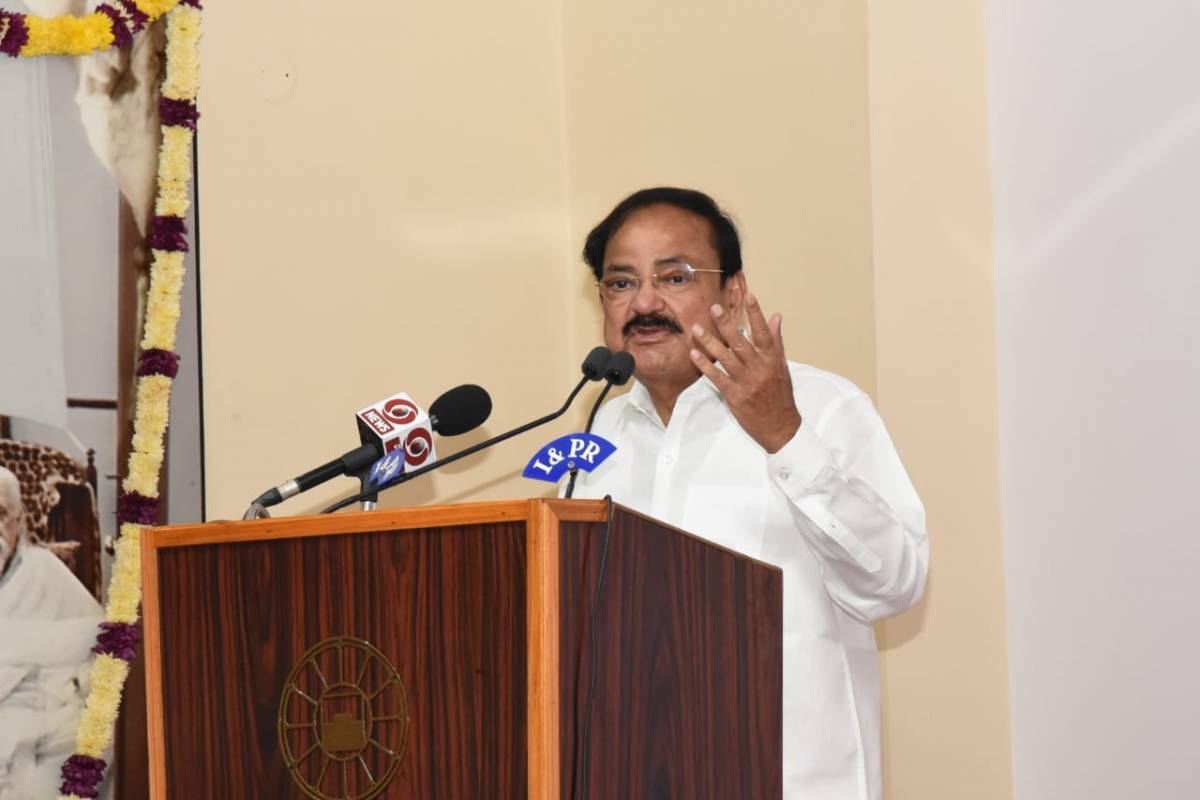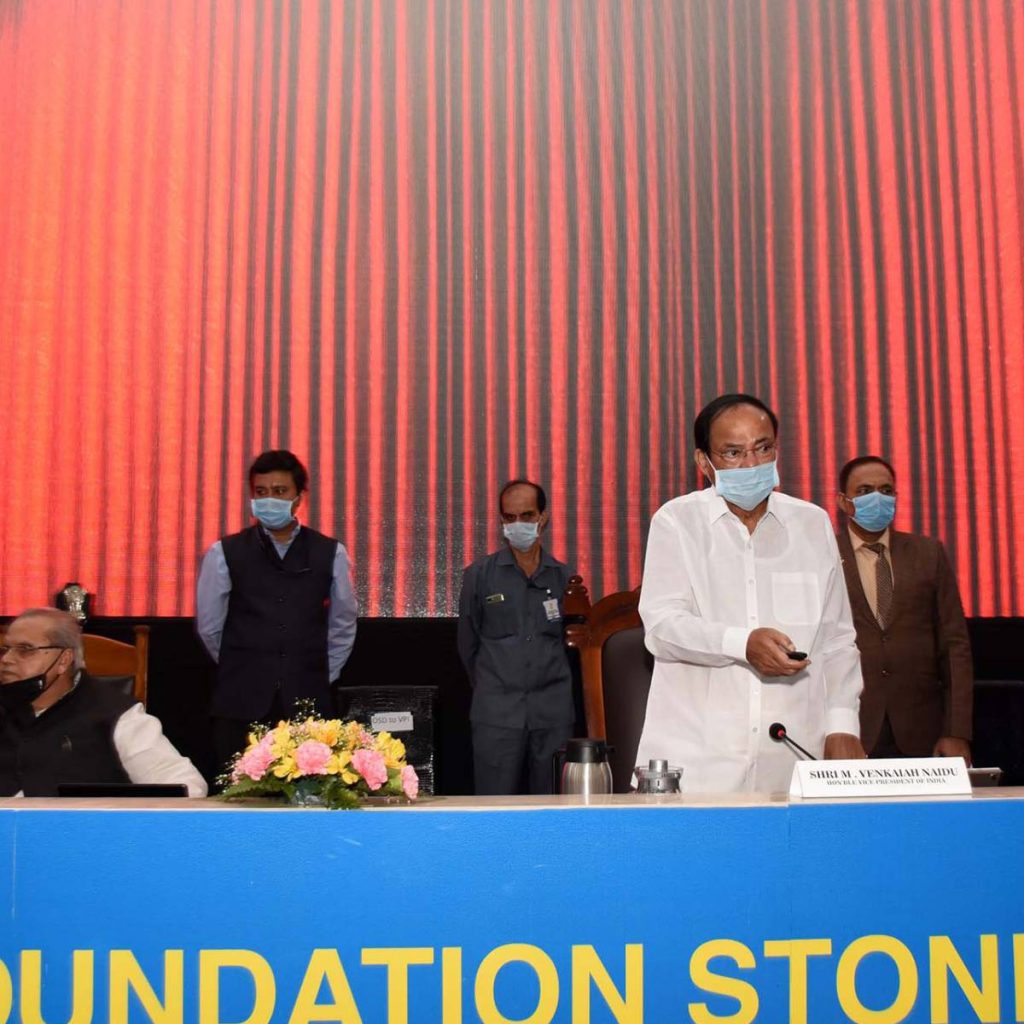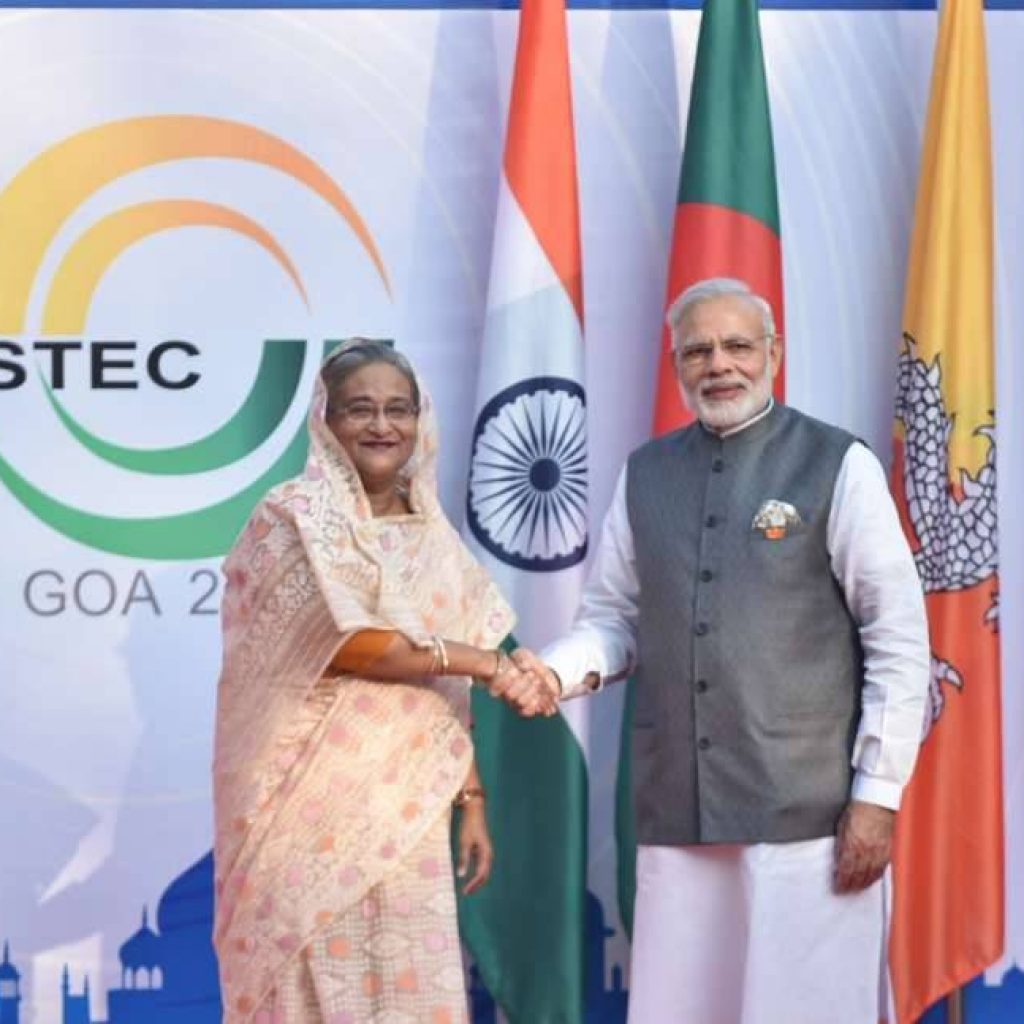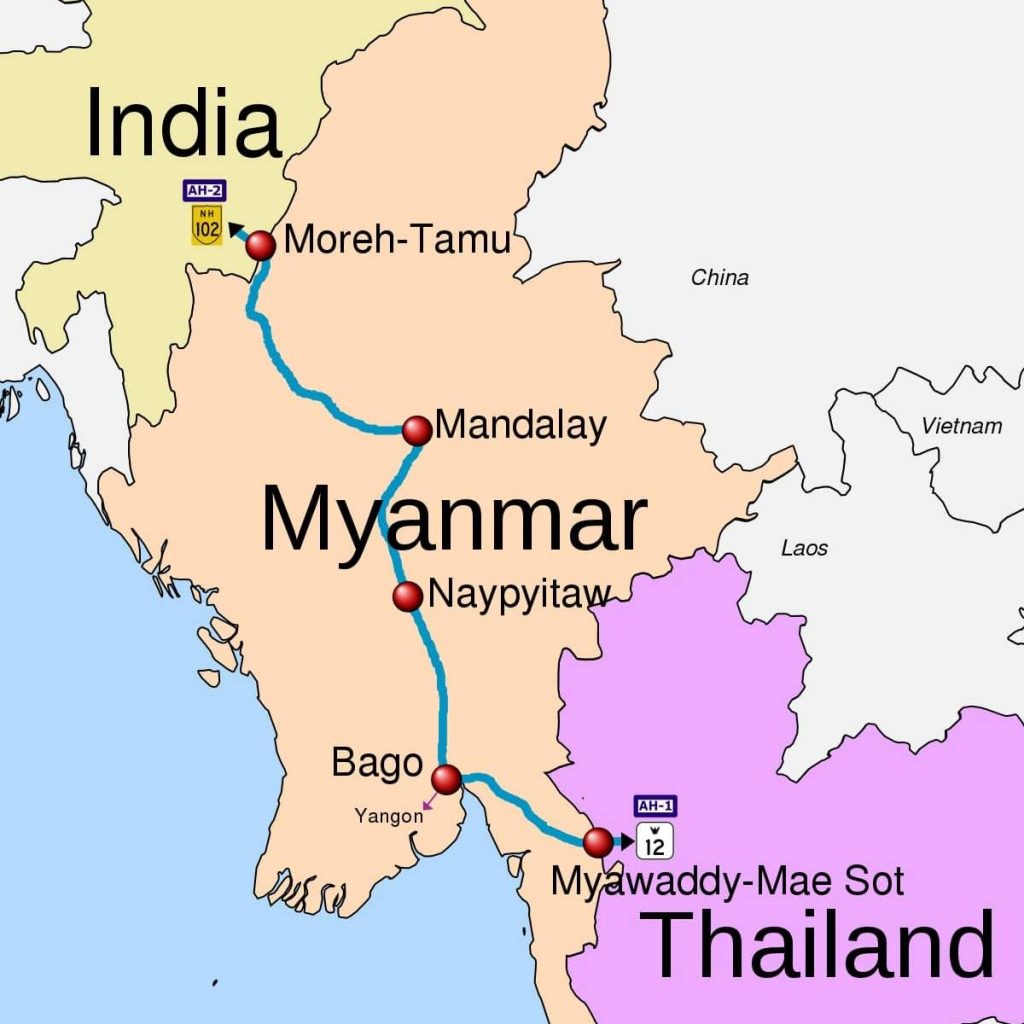Setting the mood with party music, the residents could be seen having a blast, enjoying drinks and snacks…reports Asian Lite News
In an effort to draw the attention of the authorities towards the poor condition of roads ridden with potholes, the residents in Anuppur district in Madhya Pradesh have found a unique way of protest.
In a viral video filmed to highlight the poor condition of a road connecting Anuppur with Bijuri Manendragarh, the residents of the area could be seen sitting on chairs on a big crater on the road, dipping their legs in the muddy water that has accumulated after the rains to “chill”.
To add to the ambience, they also put up some disco lights with dance music playing in the background along with beach balls to play.
Setting the mood with party music, the residents could be seen having a blast, enjoying drinks and snacks.
The video also shows saplings planted in the smaller potholes around the crater as decoration.
In a similar symbolic protest last year, the residents of Jammu and Kashmir’s Budgam district planted paddy on the muddy road leading up to their village in order to highlight the poor condition of the road.
Civic polls
Amid the Madhya Pradesh local body elections, Chief Minister Shivraj Singh Chouhan on Wednesday said that when Kamal Nath was the Chief Minister, he used to threaten police and administration and continues to do so.
While speaking at a public meeting in Raisen in Madhya Pradesh, Chouhan said, “Even when Kamal Nath was the CM, he used to threaten police and administration and is still threatening. They have understood that Congress has lost badly and that the defeat has to be blamed on someone or the other.”
Earlier in the day, Kamal Nath while speaking to the mediapersons in Bhopal, said that the Saffron party is using police, money and administration in the local body elections.
“I am getting many calls that pressure is being put on the administration, police and money. If they had public support, would they need these things? The public is fed up with the false declarations of Shivraj. Now 50 rupees have been increased on domestic gas. Recently, 5 per cent GST was increased on flour, paneer. I have faith in the people of the state,” he added.
In the first phase of local body elections, a total of 101 candidates for the post of mayor in 11 municipal corporations are in the fray. There are 2,850 candidates for councillor posts in 133 bodies. Out of these, 42 have been elected unopposed.
The elections are for the remaining 2,808 posts. A total of 11,250 candidates contested the elections and 3,296 polling stations are sensitive.
ALSO READ-Saudha presents violinist Kala Ramnath showcasing Frida Kahlo works at Royal Albert Hall







